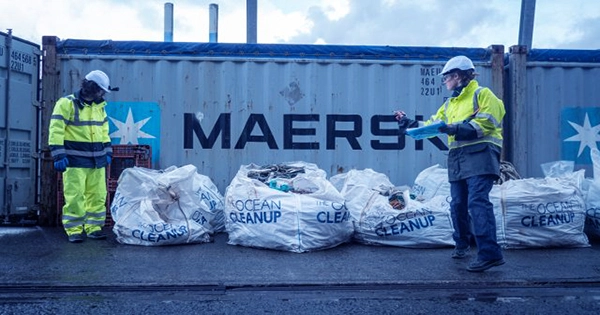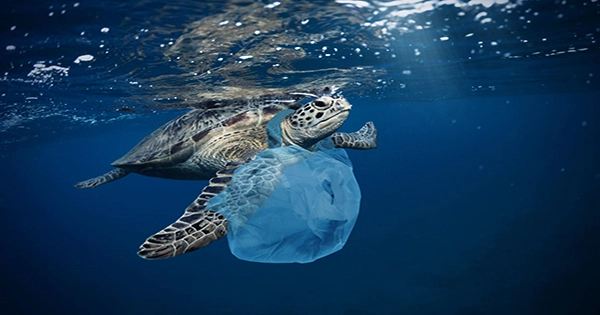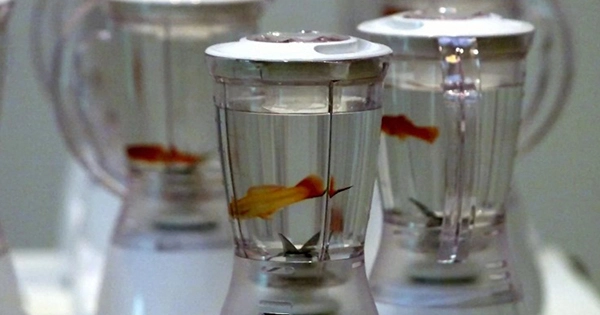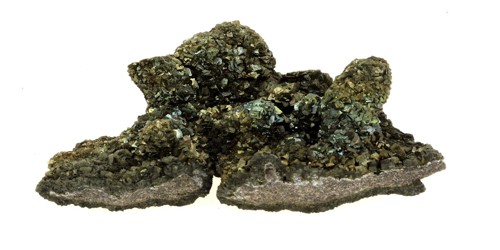The Great Pacific Garbage Patch (NPGP), a floating garbage island the size of Texas, is often seen as a scourge of human impact on our oceans, but recent study has revealed that the trash island is also home to a diverse range of animals. The intriguing finding was made because to the efforts of someone who chose to swim from Hawaii to California, cutting through the NPGP to see what was there. The eastern North Pacific Subtropical Gyre, a circulation that has steadily amassed floating waste dumped by humanity through time, is to blame for the massive amount of rubbish.
Now, a work that has not yet been peer-reviewed but has been published on the preprint portal BioRxiv looks at the live species that are picked up with the rubbish, which might constitute an ecosystem as important as the Sargasso Sea. In the summer of 2019, an 80-day expedition called The Vortex Swim set sail from Honolulu, Hawaii, to San Francisco, California, to collect data on the patch. Ben Lecomte, who was swimming alongside the yacht dubbed I Am Ocean, chose to swim the full route.

The team’s findings concentrated on neuston species, which dwell near the ocean’s surface. With the aid of Assistant Professor and co-author on the new research Rebecca Helm, whose work on the harmful impacts of sweeping plastic out of the water initiated the NASA-funded project GO-SEA, these species have lately risen to prominence. “Ocean surface currents carry and concentrate obligatory neuston as floating creatures,” the authors write. “Neuston may be accumulated in ‘trash patches’ due to the same oceanic factors that transport buoyant man-made debris and contaminants.”
This was confirmed by a look inside the center of the NPGP, where researchers discovered a diverse range of neuston life. Predatory blue dragons, slime-rafting poisonous snails, man-o-war jellyfish, and by-the-wind sailor colony hydroids were among the fascinating species floating amid the rubbish. To put it another way, there’s quite a cast of floating water curiosities. According to Helm, the NPGP’s astonishing diversity of life is akin to a trash-filled meadow, so while it may be a source of human shame, it also looks to be a critical habitat for not just marine creatures but also insects and aerial predators.
The fact that many creatures observed eating plastic, such as albatross, are also seeking to feed on neuston species in sites like the NPGP, may aggravate the situation. On Twitter, Helm remarked, “This is why we must eliminate plastic BEFORE it reaches the water…” While floating human garbage may not appear to be great real estate, the study discovered that concentrations of floating life were significantly higher in the heart of the NPGP than on the outside, with a positive association between the amount of plastic and the number of wildlife. As a result, the authors propose that we need to redefine how we think about places like the NPGP so that strategies to clean them up take into account the swaths of life that float amid the waste.
















